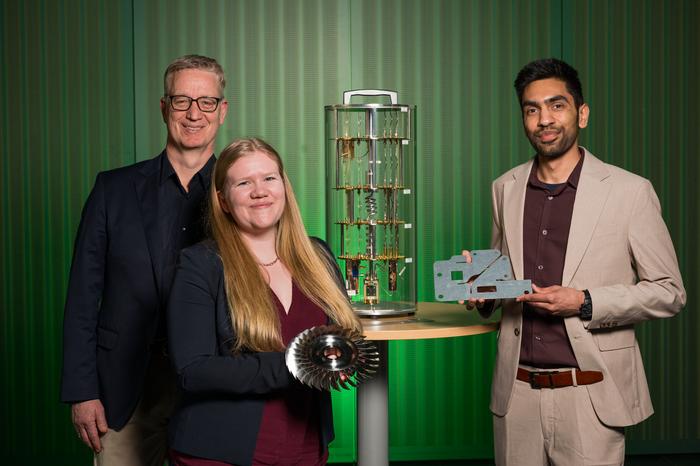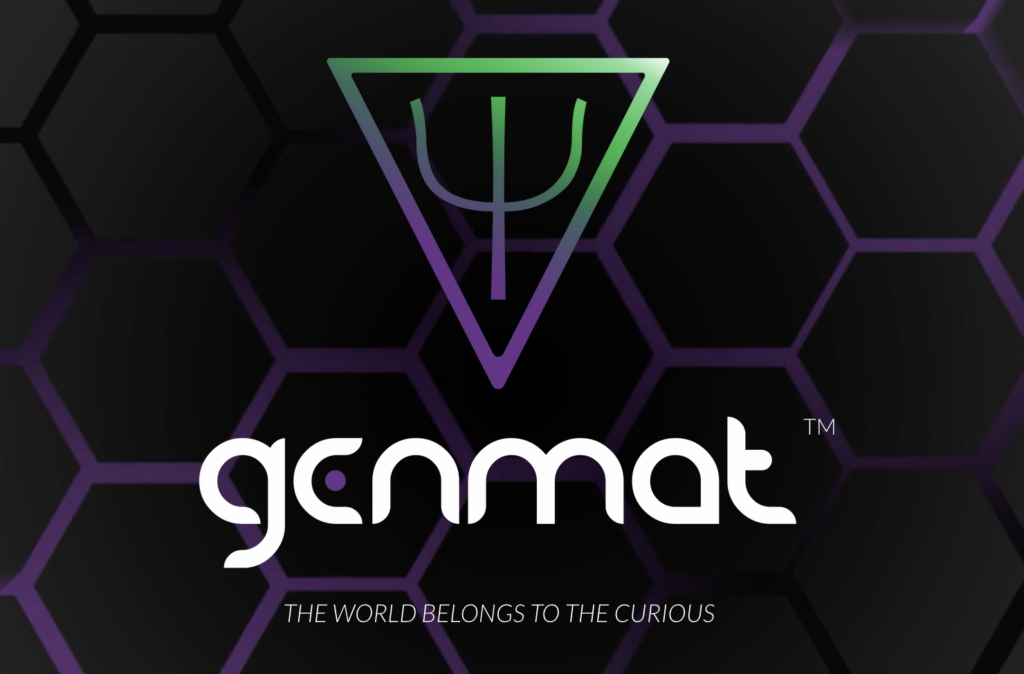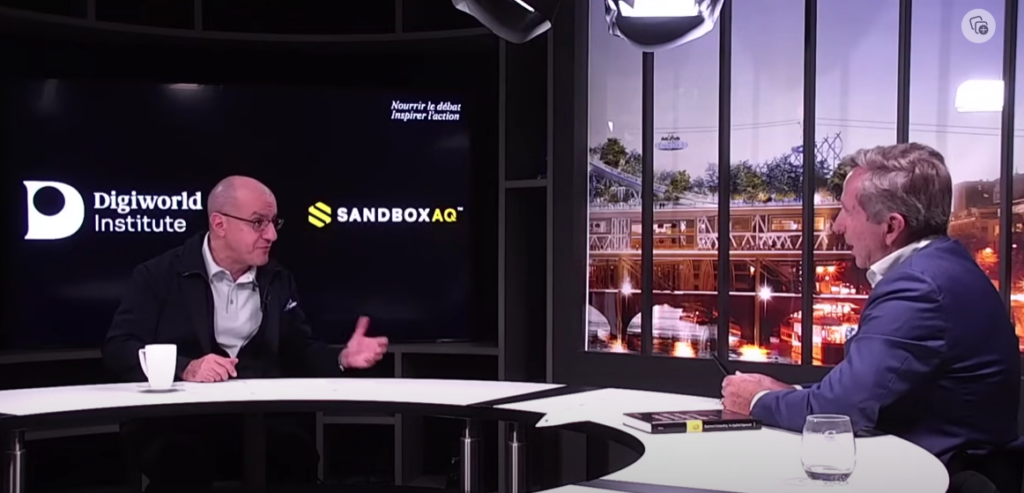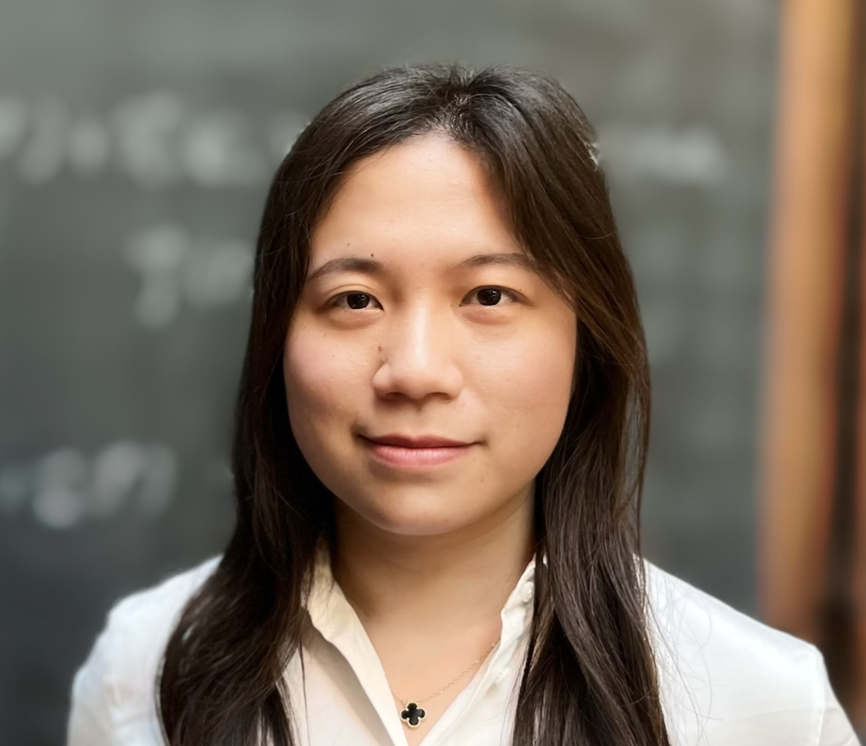Insider Brief
- A team of researchers is working with commercial and academic partners in the ‘Quasim’ project to develop novel quantum-based simulation.
- The team will be demonstrating how these simulations can be used to boost quality, productivity and cost-efficiency.
- Critical Quote: “Although today’s quantum computers are still in their infancy, the underlying technology can already be deployed in areas where conventional computers would be working at their limits, requiring immense amounts of time to complete a calculation.” Wolfgang Maaß, project coordinator.
- Image: Wolfgang Maaß (left), doctoral research student Hannah Stein and researcher Ankit Agrawal (right) are working with partners from industry and academia to harness the power of quantum computational methods for the metalworking industry. Credit: Oliver Dietze
PRESS RELEASE — A team led by Professor of Business Informatics Wolfgang Maaß of Saarland University and the German Research Center for Artificial Intelligence (DFKI) is working with commercial and academic partners in the ‘Quasim’ project to develop novel quantum-based simulations that simply could not be performed on today’s conventional computing architectures due to computing time and storage limits. The team will be demonstrating how these simulations can be used to boost quality, productivity and cost-efficiency at this year’s Hannover Messe on 22-26 April (Hall 2, Stand B10).
Aero engines have to reliably deliver high levels of thrust even under adverse conditions, so precision is of paramount concern in the manufacture of modern aircraft turbines. In turbofan engines, the fan that draws air into the turbine has multiple blades with complex curved geometries. These metal blades are made by a precision milling process that requires a careful machining strategy. Precision milling is only possible if the relative motion of the tool and the workpiece is very tightly controlled. Failure to do so can mean that the blade starts to vibrate causing the surface of the blade to hit the milling head in an uncontrolled manner and damaging the blade. For a component that becomes essentially unusable even if very slightly out-of-spec, this can be a very expensive mishap.
‘This kind of production error can be extremely costly for manufacturers of high-precision aero engine components,’ said Wolfgang Maaß, professor of business informatics at Saarland University and head of the Smart Service Engineering research area at the German Research Center for Artificial Intelligence (DFKI).
But the situation is similar for many other companies, large and small, that manufacture metal components – including those produced by laser cutting. The extreme heat that is generated during the cutting process can cause the metal to expand in places where it should not. Or in conventional cutting operations, off-cuts can get caught in the machine, which then comes to a halt. The result is increased rejection rates and lengthy machine downtimes, costing the manufacturing company material, time and money.
‘The metalworking industry is a major economic sector in Germany and the EU, and safety and quality standards are high. Production processes in the metalworking sector sometimes have rejection rates of about 1%, which doesn’t sound like much, but overall, it can have a significant impact on competitiveness,’ explained Wolfgang Maaß.
A reduction in rejection rate can be achieved by digital simulations that make use of artificial intelligence. By creating a digital twin of the workpiece, everything that happens to a real component can be simulated in a virtual environment – from planning and production through to quality assurance. In theory, every aspect of the production chain can be precisely optimized, whether it is the perfect spindle speed for milling or the ideal power density delivered by the laser. But there’s a catch. The gigantic volume of data required to produce these high-resolution simulations simply cannot be handled with conventional computer systems. Quantum computers, which could deliver the level of computing power needed, are not yet available.
The result: “Simulations are currently rarely used in practical applications. In part, because sufficient computing power is just not available, and partly because specialized data and information are needed, which in turn requires detailed expertise in computational simulations,” explained Hannah Stein from Maaß’ research team. At present, metalworking companies have to content themselves with lower resolution digital twins and they rely heavily on the practical expertise and experience of their production engineers.
And there is still some way to go before quantum computers deliver the sort of warp-speed computing needed to handle massive data volumes. The research partners in the Quasim project are however firmly rooted in reality. The consortium of industrial and academic partners is working on short-and long-term solutions that harness the power of quantum systems to deliver enhanced simulations for use in manufacturing scenarios.
“Our initial studies have shown that by exploiting the principles underlying quantum mechanical systems and using quantum-based machine learning strategies, we can solve algorithmic problems significantly faster,” said project coordinator Wolfgang Maaß. “Although today’s quantum computers are still in their infancy, the underlying technology can already be deployed in areas where conventional computers would be working at their limits, requiring immense amounts of time to complete a calculation.”
The researchers are using a variety of quantum computing methods to explore ways of making complex simulations faster and suitable for practical applications. The work involves applying quantum computing technologies to conventional simulation methods based on mathematical models from physics and materials science. The research team is also investigating quantum-based machine learning methods. By comparing these new approaches with conventional methodologies, and assessing the efficacy of the various solutions, the team is developing innovative solutions that could find practical application in the near future. The results are already being integrated into existing simulation methods. ‘We are currently developing the first prototypes. So far, the most promising results have been achieved using hybrid models that combine conventional simulation methodologies with quantum technology and machine learning,’ said doctoral researcher Hannah Stein.
As the researchers use production data from real manufacturing lines, aero engine manufacturers may soon be using quantum computer-based simulations to predict blade vibrations during milling. By working with an accurate digital twin, they can precisely set machining parameters, such as milling speed, enabling them to eradicate machining inaccuracies and significantly reduce rejection rates. Improved simulations also mean that laser cutters can deliver the right amount of power during an optimized machining sequence producing undamaged, perfectly dimensioned metal components. At this year’s Hannover Messe, the business informatics specialists from Saarbrücken will be showcasing milling and laser cutting prototypes that demonstrate how conventional manufacturing can be enhanced by quantum-based simulations by delivering shorter material processing times and improved product quality.
The Quasim project (‘QC-Enhanced Service Ecosystem for Simulation in Manufacturing’) is a consortium comprising Wolfgang Maaß’ research group at Saarland University and the German Research Center for Artificial Intelligence (DFKI), Professor Frank-Wilhelm Mauch’s group at Forschungszentrum Jülich and Saarland University, the Fraunhofer Institute for Production Technology (IPT), the machine tool manufacturing company TRUMPF, the software component provider ModuleWorks and the associated project partners Ford and the aero engine manufacturer MTU Aero Engines. Total project funding of over €5 million has been provided by the Federal Ministry for Economic Affairs and Climate Action (BMWK) and the German Aerospace Centre (DLR).
For more market insights, check out our latest quantum computing news here.





















